Animal Ag Subsidies Takeaways
Takeaways are key points detailed and referenced in the Subsidies section
Agriculture Subsidies
♦ The average cost of federal agricultural subsidies is about $30 billion per year, broadly and conservatively estimated. This is more than 3 times the 2024 budget of the EPA.
♦ There are roughly 864,000 farms with annual agricultural sales of $10,000 or more; if $30 billion was divided equally among them, each would receive ~$35,000.
♦ Subsidized crop insurance is broadly estimated at an average of ~$12 billion per year; direct payments to producers average ~$19 billion.
♦ From 2018-2024, subsidies from crop insurance and direct payments have constituted about 23% of net farm income.
♦ The vast array, variation, and complexity of agricultural subsidy programs tend to defy analysis, posing difficulties for researchers and advocates, and likely hindering challenges to the system.
Animal Ag’s Share
♦ At least half of all agricultural subsidies support the animal ag industry.
♦ Of the average annual distribution of ~$30 billion for all programs, ~$16 billion supports industrial animal ag.
♦ Subsidy programs for the share of crops specifically used for animal feed account for ~$11 billion annually; subsidies that directly benefit factory farm and livestock operations average ~$5 billion annually.
♦ From 2022-2024 about 63% of all subsidized premiums for crop insurance went to crops primarily used for animal feed; about 45% went to the share of crops specifically used for animal feed.
♦ Corn is by far the most heavily subsidized crop. In 2024, farmers sold it for about 7 or 8 cents a pound, one of the cheapest foods in human history.
♦ Specialty crops, including fruits and vegetables, typically receive less than 10% of the subsidies received by commodity crops such as corn and soybeans; the U.S. currently imports 35% of its vegetables and 60% of its fruit.
We suggest that animal ag subsidies are not a central pillar holding up the animal ag industry; their removal would not significantly affect the availability, retail price, or consumption levels of animal-sourced foods.
Individual programs that are uniquely damaging include the brutal techniques of Wildlife Services, BLM’s absurdly low grazing fees, the greenwashing effects of factory farm gas (aka biogas), and the Livestock Indemnity Program along with gruesome “depopulation” services.
